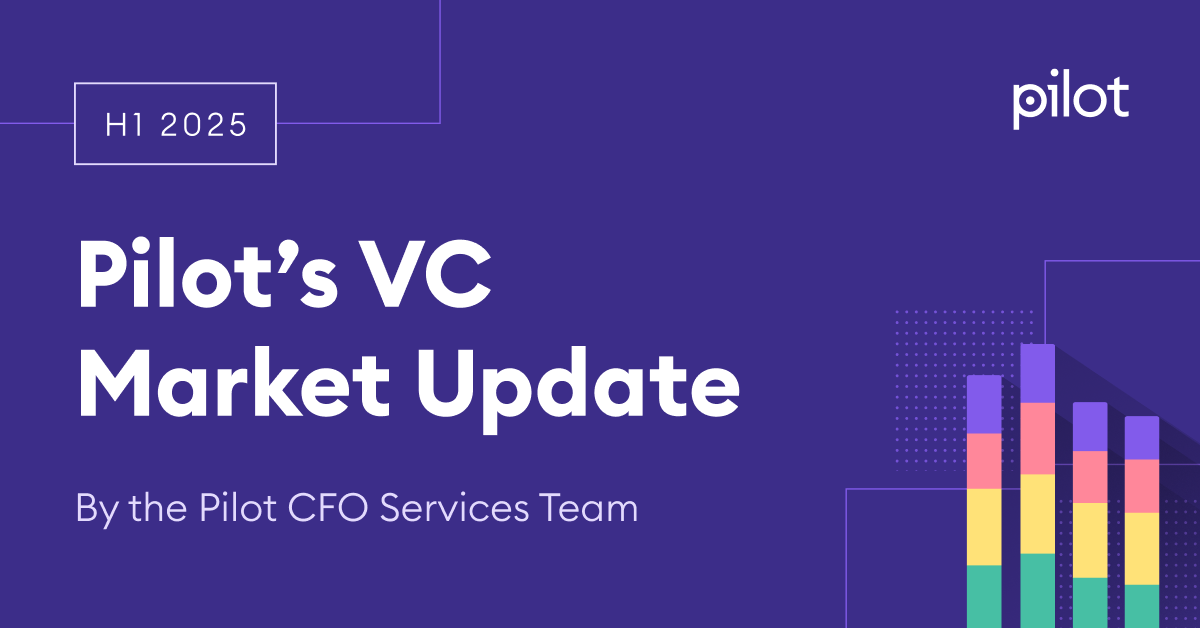PPP loans december 2020 update: What to know

Congress just passed a new $900B pandemic aid bill to help Americans affected by COVID-19, which is expected to be signed into law soon. Besides additional money for stimulus payments and unemployment, the bill also contained significant updates to the PPP program.
The original PPP loan program officially ended in Q3, but questions remained about the tax implications for companies that received loans. The new bill clarifies some of those questions, and also introduces an opportunity for businesses to receive a second loan. Qualifications, however, have also changed since the program first launched in April, and not everyone who received a loan will be eligible to get another one.
Tax Updates for Original PPP Loans
If your business received a PPP loan earlier this year, or if you’re applying for one now, Congress just cleared up a significant uncertainty around your taxes.
The PPP program allowed businesses to take loans worth up to $10M, then have those loans forgiven so long as the money was spent on qualified expenses like payroll, rent, and utilities. Normally, those expenses are tax deductible (which reduces your net income for tax purposes). However, in November 2020, the Treasury/IRS released guidance that all expenses paid for by PPP loans (that could be later forgiven) would not be tax deductible.
Fortunately, the new relief bill reverses the November decision. This is especially helpful for companies that are profitable.
The New PPP Loan Program
Eligibility
The other significant PPP development is that Congress has restarted the PPP loan forgiveness program. The loans will be available both to first-time applicants and to businesses that received loans under the original PPP. However, the new program includes updated eligibility requirements that will disqualify some prior recipients from receiving a second loan.
For starters, loan applicants will be required to meet the “necessity test” – do they need the PPP loan to support their regular operations? This is similar to the loan necessity questionnaire that the SBA sent borrowers who received loans of more than $2M earlier this year. The original PPP program ended up giving out some controversial loans, and there’s more focus this time around on making sure the money goes to smaller businesses as intended.
As one necessity test, your business must be able to show that its gross revenue (“gross receipts”) have been reduced by 25% over the same period in 2019 (some exceptions may apply). If your company wasn’t in business a year ago, you can compare your Q4 2020 receipts to an earlier quarter in 2020.
In addition to the gross revenue requirement, the bill also adds a few other qualifications:
- The gross revenue used in your calculations cannot include previously borrowed money.
- If you previously received a PPP loan, you must wait at least 90 days before applying for a second one.
- Eligible businesses can’t have more than 300 employees.
- Eligible businesses can’t have more than 20% ownership by a “Chinese entity,” including entities based in Hong Kong.
Loan amount limits
The original PPP program allowed businesses to receive a loan for 2.5x their average monthly payroll, capped at $10M. The new program uses the same calculations to determine the loan amount, but for some businesses the cap has been lowered to $2M.
Seasonal businesses, new entities, and businesses with multiple physical locations are all limited to loans of no more than $2M. For companies that received a previous PPP loan and apply for a second one, the second loan is capped at $2M, and the total amount received from both loans can’t exceed $10M.
What do the new PPP requirements mean for startups?
Under the first PPP program, many startups were able to receive loans that helped fend off layoffs and defaults during the initial shock to the global economy. Under the new program’s requirements, it may be harder for many startups to qualify.
If you do intend to apply for a PPP loan (or an additional one), we strongly recommend that you work with a finance and/or tax professional to determine if it’s the right move. As always when dealing with tax or relief programs, you’ll need to keep careful documentation of all related expenses and financial records.
In addition to the new PPP, Congress also rolled out an updated EIDL (Economic Injury Disaster Loan) program in the same relief bill. Unlike the PPP, loans from the EIDL program are not eligible for forgiveness, and must be repaid with interest. They also include a number of conditions and restrictions, which may not be a good fit for startups. Again, if you’re considering this program, we recommend working with a finance professional to determine if it’s the right choice for your business.
This article is provided for informational purposes only, and is not legal, financial, accounting, or tax advice. You should consult appropriate professionals for advice on your specific situation.





